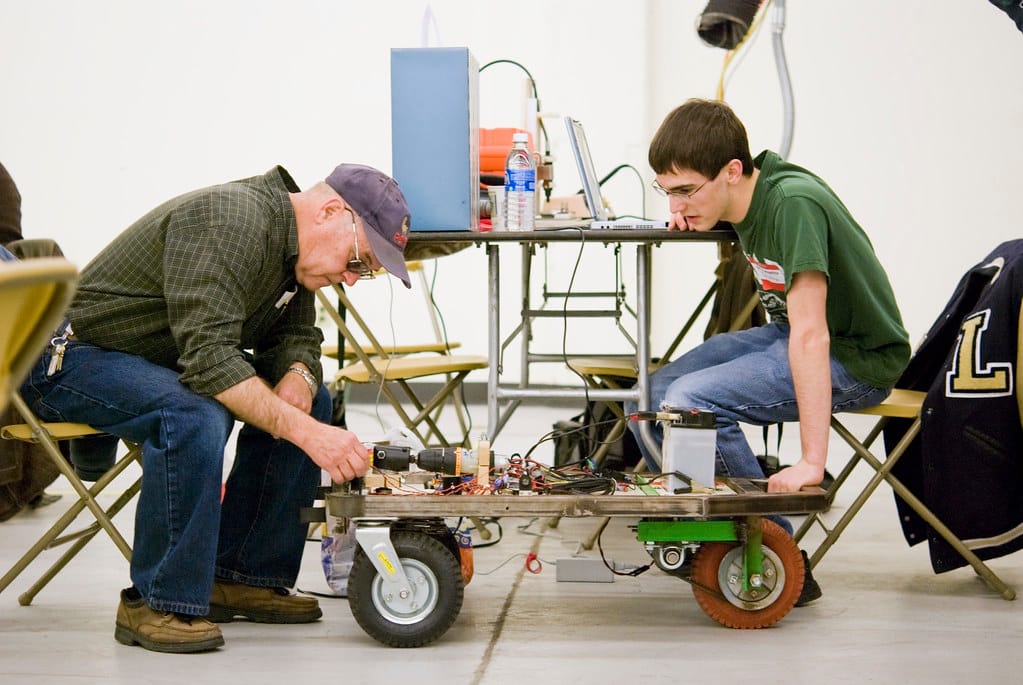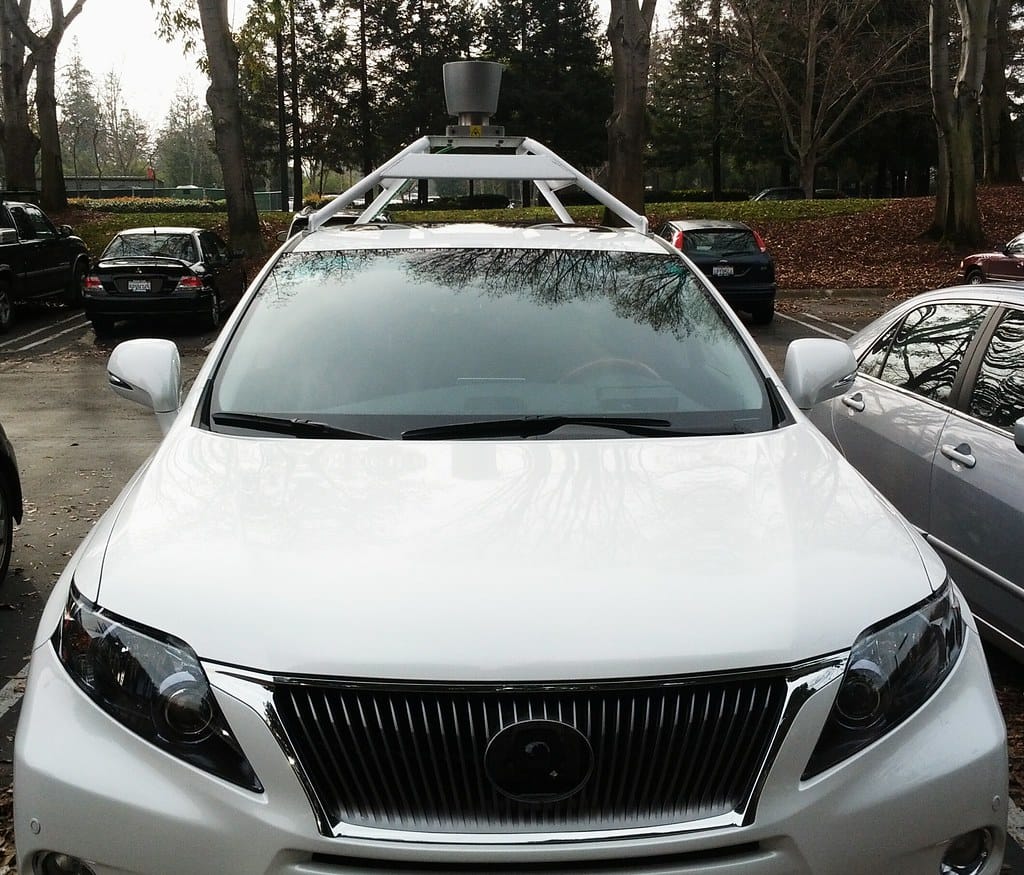Uber CEO Predicts Robotaxis Will Replace Human Drivers Within 15 Years, Raising Major Societal Concerns
Uber CEO Dara Khosrowshahi has ignited a fresh debate about the future of work and transportation, predicting that autonomous vehicles could largely replace human drivers within the next 10 to 15 years. Speaking candidly about the technology that could fundamentally reshape his own company's workforce, Khosrowshahi acknowledged that this transformation will create "a big, big societal question" that extends far beyond the ride-hailing industry.
The Timeline for Transformation
According to Khosrowshahi, the shift toward fully autonomous robotaxis isn't a matter of if, but when. The CEO's 10-15 year prediction aligns with broader industry estimates, though it represents one of the more definitive timelines offered by a major transportation company executive.
Currently, Uber operates in over 70 countries with millions of drivers worldwide. In the United States alone, the company works with approximately 5 million drivers, making it one of the largest employers of gig workers globally. The potential displacement of this workforce represents one of the most significant labor disruptions in modern history.
Beyond Uber: An Industry-Wide Revolution
Uber isn't alone in pursuing autonomous vehicle technology. Competitors like Waymo, Cruise, and traditional automakers including Ford and General Motors have invested billions in developing self-driving capabilities. Waymo already operates limited robotaxi services in Phoenix and San Francisco, while Cruise has conducted extensive testing in urban environments.
The race toward autonomy is driven by compelling economics. Human drivers typically receive 60-80% of each ride's fare, representing Uber's largest operational expense. Eliminating this cost could dramatically improve profit margins while potentially reducing ride costs for consumers.
The Societal Implications
Khosrowshahi's acknowledgment of the "big societal question" reflects growing awareness among tech leaders about the broader implications of automation. The displacement of millions of drivers could have cascading effects across the economy:
Economic Disruption: Beyond ride-hailing drivers, the autonomous vehicle revolution could affect truckers, delivery drivers, taxi operators, and even adjacent industries like gas stations, parking facilities, and auto insurance.
Geographic Impact: The effects won't be distributed equally. Urban areas with higher concentrations of gig workers could experience more acute disruption, while rural communities might see delayed adoption of autonomous technology.
Skills Transition: Many current drivers rely on ride-hailing as either primary income or crucial supplemental earnings. The transition period will require significant workforce retraining and education programs.
Preparing for the Transition
Recognizing these challenges, some companies and policymakers are already exploring solutions. Universal Basic Income pilots, expanded job training programs, and gradual phase-in policies for autonomous vehicles are among the approaches being considered.
Uber itself has indicated interest in helping drivers transition to new roles within the evolving transportation ecosystem, though specific programs remain largely undefined. The company has previously experimented with driver education initiatives and partnerships with educational institutions.
Technical Hurdles Remain
Despite the confident timeline, significant technical and regulatory challenges could delay widespread robotaxi deployment. Current autonomous vehicles still struggle with complex urban environments, severe weather conditions, and unexpected scenarios that human drivers navigate intuitively.
Regulatory approval processes vary significantly by jurisdiction, with some areas embracing testing while others maintain restrictive policies. Public acceptance also remains a hurdle, as surveys consistently show consumer hesitancy about fully autonomous vehicles.
The Path Forward
Khosrowshahi's comments signal a notable shift in how tech leaders discuss automation's impact on workers. Rather than dismissing concerns or focusing solely on technological benefits, there's growing recognition that successful automation requires thoughtful consideration of human consequences.
The 10-15 year timeline provides a crucial window for preparation. Policymakers, educational institutions, and affected workers have an opportunity to develop transition strategies, retrain workforces, and create safety nets for those displaced by technological change.
As the autonomous vehicle revolution accelerates, Khosrowshahi's frank assessment serves as both a preview of coming changes and a call for proactive planning. The question isn't whether robotaxis will reshape transportation and employment – it's whether society will be ready when they arrive.
The transformation of ride-hailing represents just one aspect of broader automation trends across industries. How we navigate this particular transition may well determine our approach to the larger societal questions that emerging technologies continue to pose.

